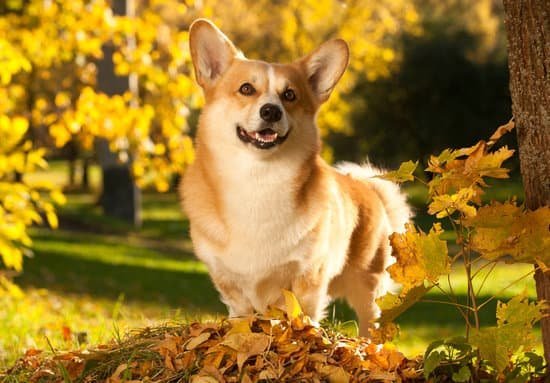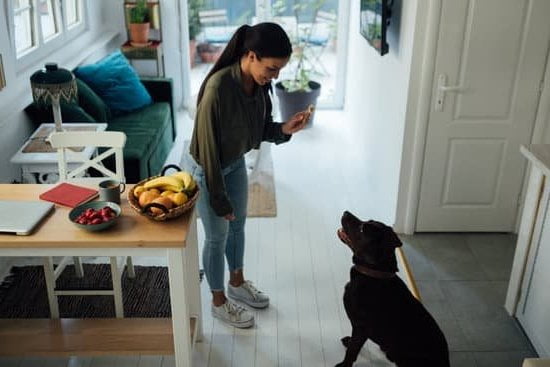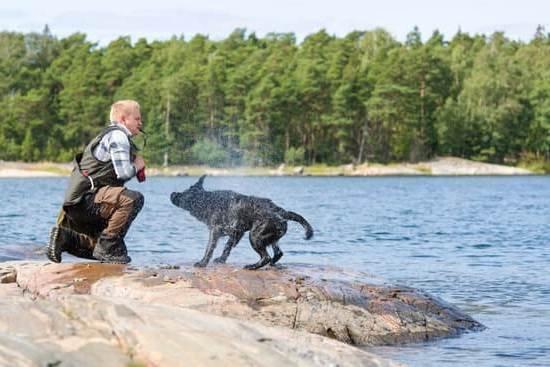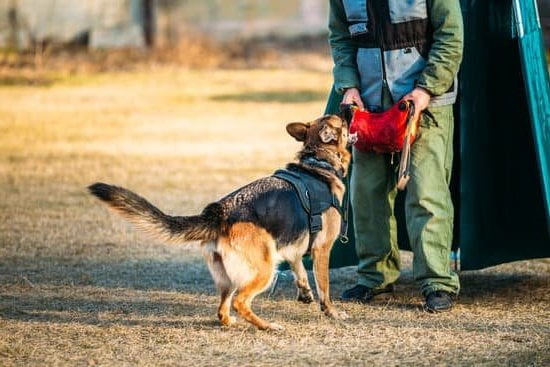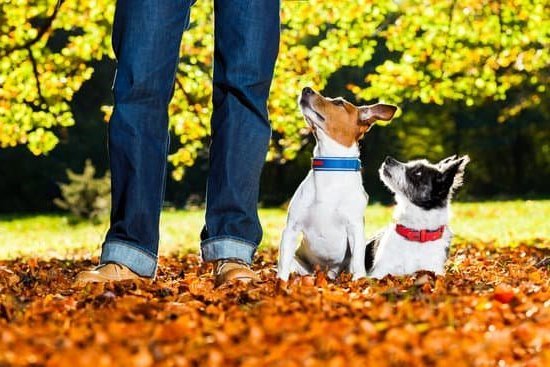How To House Train An Outdoor Dog
House training an outdoor dog may seem like a daunting task, but with a little patience and perseverance, it can be done. The key to success is to create a routine and stick to it.
Here are a few tips to help get you started:
1. Establish a regular feeding schedule and stick to it. This will help to regulate your dog’s bathroom habits.
2. Take your dog outside immediately after eating and drinking.
3. Reward your dog when he or she eliminates outdoors. Positive reinforcement is key when house training a dog.
4. If your dog has an accident indoors, clean it up immediately. Do not punish your dog, as this will only make matters worse.
5. Be patient and consistent. House training a dog can take time, but with patience and perseverance, it can be done.
Potty Trained Dog Pooping In House
There are a few different reasons why your potty-trained dog might start pooping in the house again.
If your dog has been reliably potty-trained for a while, and then suddenly starts having accidents in the house again, it’s likely that there is an underlying medical issue causing your dog to have trouble holding it. Some common medical causes of house-soiling in dogs include bladder infections, kidney problems, and Cushing’s disease. If you think that your dog’s potty issues might be due to a medical problem, it’s important to take him to the vet for a check-up.
Another possible reason for a potty-trained dog to start having accidents in the house is if something has changed in his environment. For example, if you’ve recently moved, or if there is a new pet or person in the house, your dog might start having trouble holding it because he’s feeling stressed or insecure. If you think something might be causing your dog to have accidents in the house, try taking a look at his environment and see if you can identify any potential changes.
Finally, some dogs simply have a harder time learning to hold it than others. If your dog is a particularly determined chewer, or if he’s particularly active, he might have a harder time staying potty-trained. If you think this might be the case with your dog, it’s important to be patient and keep working on training him until he gets it right.
No matter what the reason for your potty-trained dog’s sudden house-soiling, the best thing you can do is be patient and keep working with him. Be sure to praise him when he does go potty outside, and continue to use your regular potty-training methods. If your dog’s accidents start to become increasingly frequent, though, it’s important to take him to the vet for a check-up to rule out any underlying medical problems.
How To Train Dog To Stop Peeing In The House
There are a few things you can do to help train your dog to stop peeing in the house.
The first step is to make sure that you are taking your dog out regularly to pee. You should take them out after they wake up, after they eat, and after they play. If you are taking them out regularly and they are still peeing in the house, there may be something else causing the problem.
You may also want to consider whether your dog is getting enough exercise. Dogs who don’t get enough exercise are more likely to pee in the house.
If you’ve ruled out both of these things and your dog is still peeing in the house, you may need to start training them. There are a few different techniques you can use.
One technique is to put your dog in a designated “pee area” and reward them when they pee there. You can also use a spray bottle to squirt them when they pee in the wrong place. This will help them to associate peeing in the house with being punished.
You can also try teaching your dog the “leave it” command. This command tells your dog to leave whatever they are chewing on or peeing on alone.
If you are consistent with your training and keep taking your dog out regularly, they should start to stop peeing in the house in no time.
House Training An Adopted Dog
The first step in house training an adopted dog is to set some ground rules. Make sure you are consistent with your commands and rewards, and be patient while your dog learns.
There are a few basic things you can do to help your dog learn where to go potty. For example, always take your dog outside immediately after they wake up, after they eat, and after they drink. Make sure you take them to the same spot each time, and praise them when they go potty in the right place.
If your dog has an accident in the house, don’t punish them. Clean up the mess and remind them where they are supposed to go potty. Be consistent with your commands and rewards, and your dog will soon learn where to go potty.
Dog House Training
There are many reasons why you may want to train your dog to stay in a dog house. Perhaps you live in a cold climate and you want your dog to be able to keep warm during the winter. Maybe you have a large yard and you don’t want your dog to wander around. Or maybe you just want your dog to have his own designated space.
Whatever the reason, there are a few things you need to know in order to train your dog to stay in a dog house. First, you need to make sure that the dog house is big enough for your dog to comfortably stand up and turn around in. You also need to make sure that the dog house is weather-proof and has a good roof to keep your dog dry.
Once you have a dog house that is suitable for your dog, you can start training him to stay in it. Start by putting your dog in the dog house and praising him when he stays in it. If your dog tries to get out, calmly put him back in the dog house and praise him when he stays inside.
Continue putting your dog in the dog house and praising him for staying inside for longer and longer periods of time. Once your dog is able to stay in the dog house for an extended period of time, you can start using the dog house as a punishment. If your dog starts to misbehave, put him in the dog house and ignore him until he is calm.
Training your dog to stay in a dog house can be a valuable tool for keeping him safe and comfortable. By following these simple steps, you can teach your dog to stay in his dog house whenever you need him to.

Welcome to the blog! I am a professional dog trainer and have been working with dogs for many years. In this blog, I will be discussing various topics related to dog training, including tips, tricks, and advice. I hope you find this information helpful and informative. Thanks for reading!

